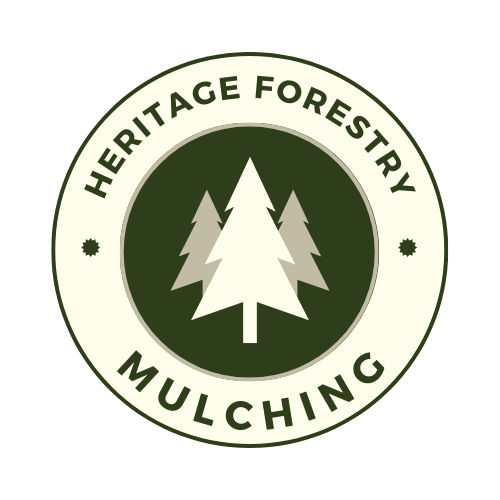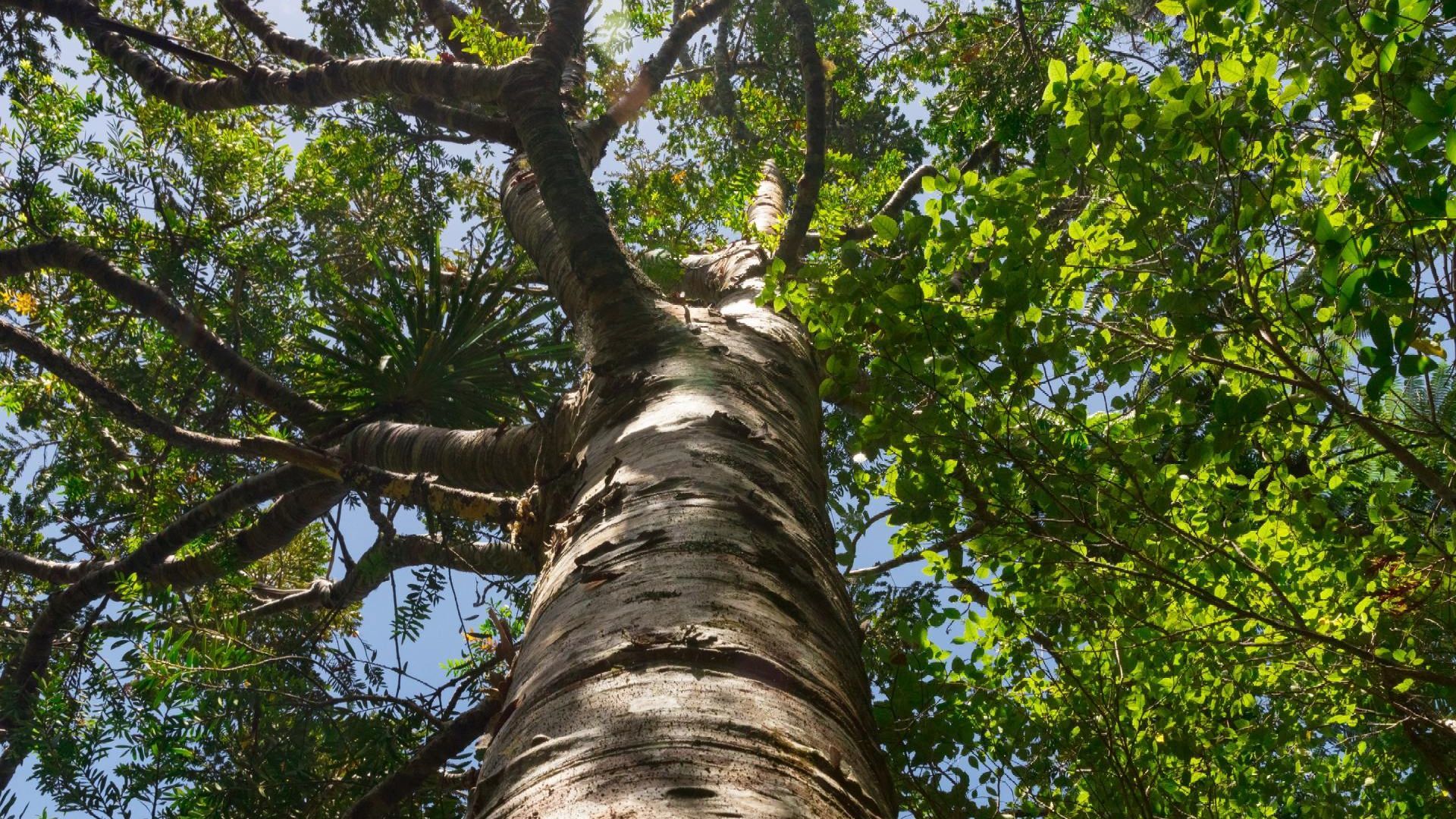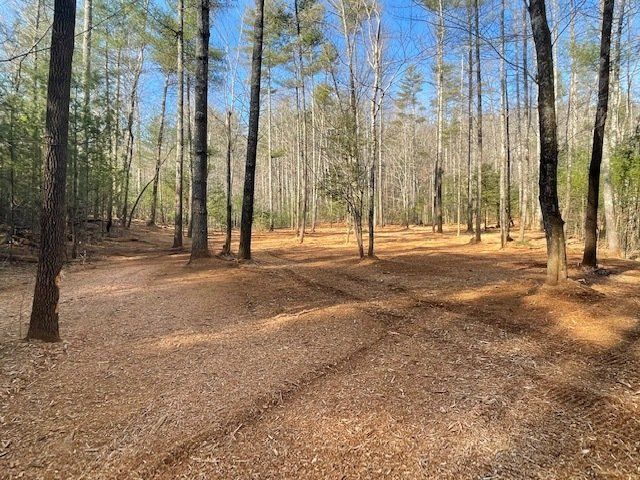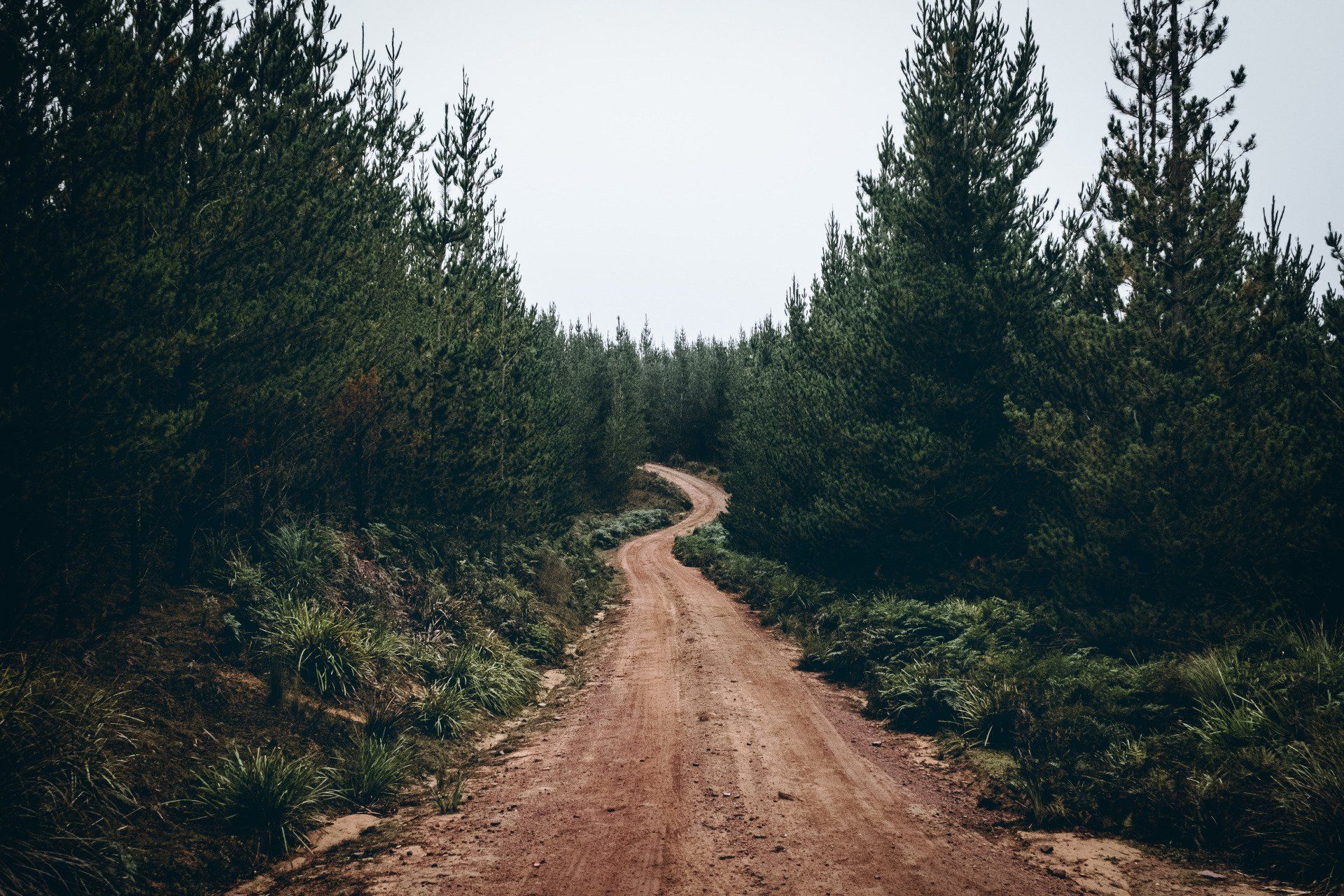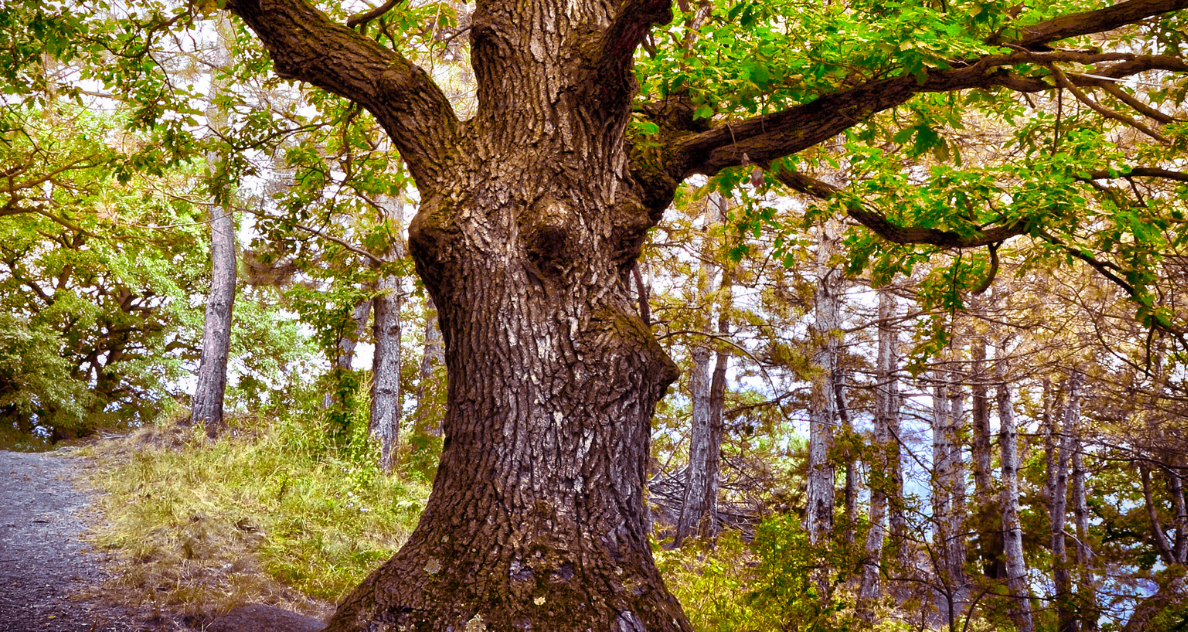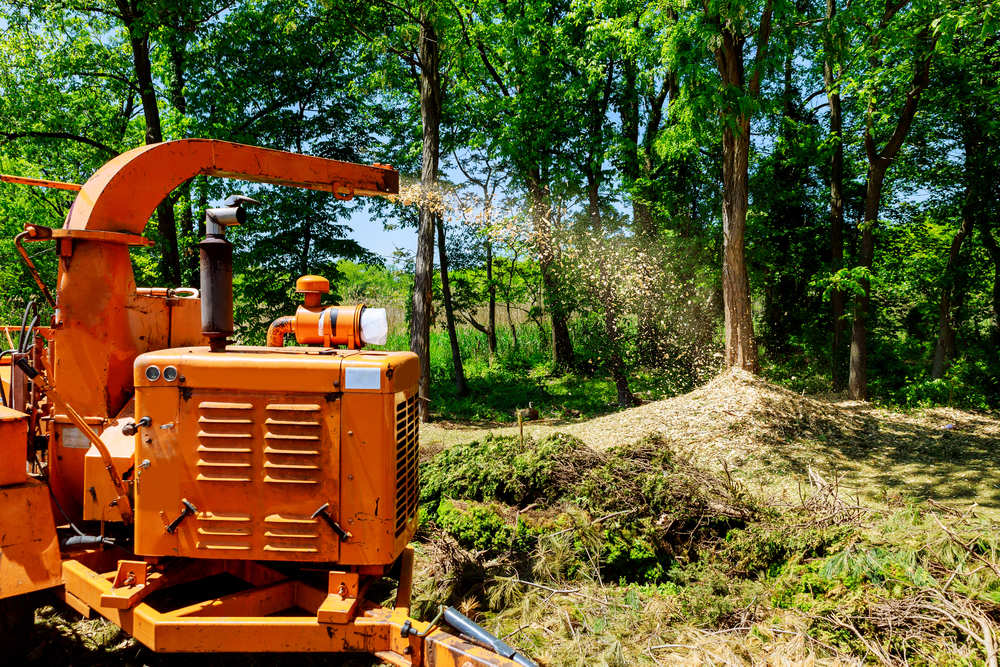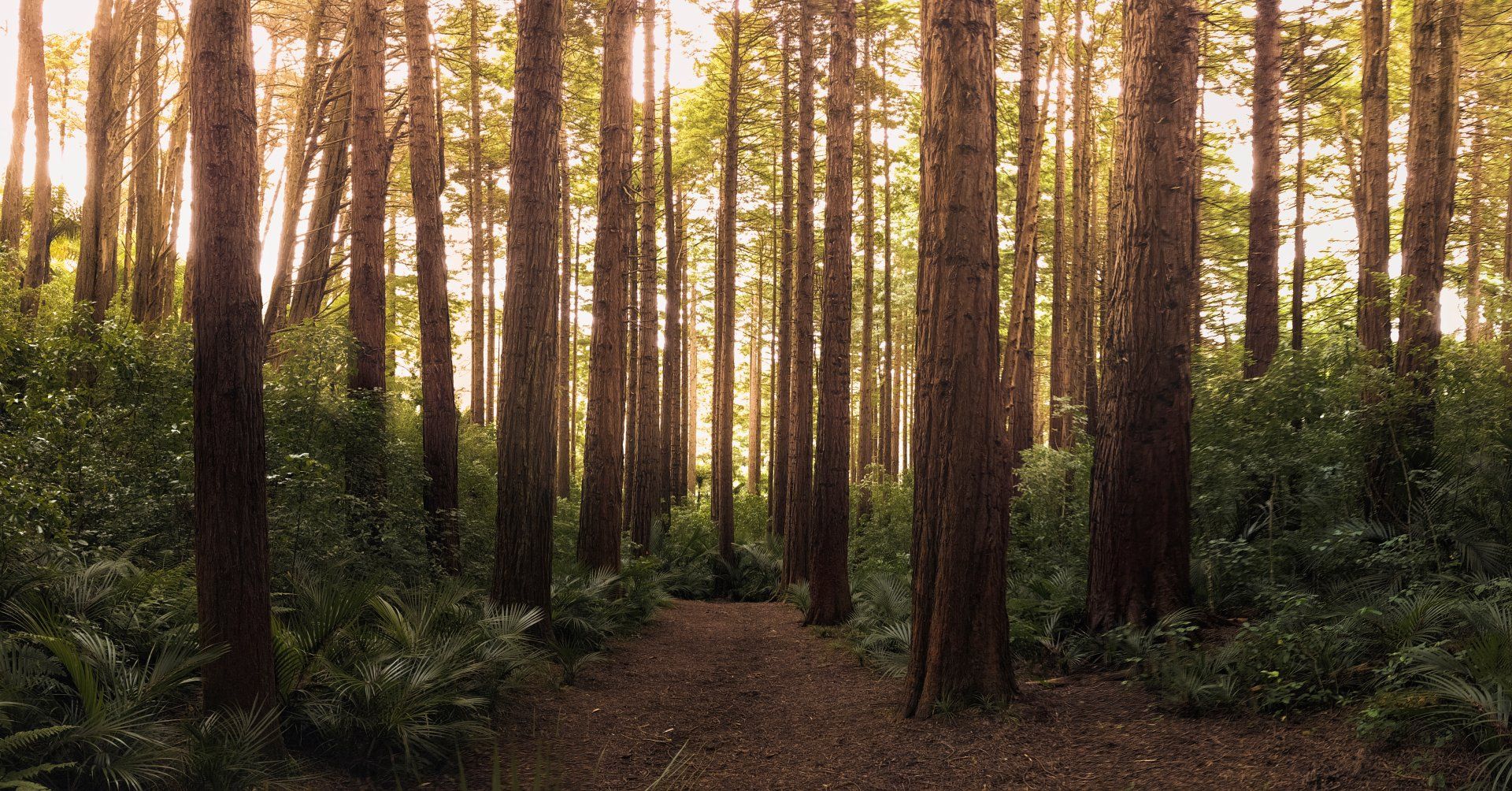Erosion Control: What It Is and How It Matters

The management and utilization of trees are essential for soil protection. When forests are not properly controlled, they can erode or be lost to a greater risk of water damage and other forces that reduce their productivity in the long term. It is important to take action to prevent damage to your property.
What is erosion control?
Erosion control is creating and/or maintaining barriers on slopes to protect against the downward erosion of soil by water, wind, or other erosive forces. It is a critical component of land management. Topsoil can quickly be eroded without proper controls, exposing trees to a greater risk of damage from water and wind.
What methods are used for erosion control?
There are a variety of different techniques that can be used for erosion control. Some of the most common methods include:
- Land Grading: Land grading is the process of shaping and sloping the land to minimize the effects of erosion. The process can be done by creating terraces, contour plowing, or by using other methods to alter the grade of the land by encouraging runoff from vulnerable areas.
- Vegetative Methods: Planting vegetation helps to stabilize the soil and can also help to absorb excess water.
- Planting Cover Crops: Cover crops are grown to reduce erosion by stabilizing the soil and absorbing rainfall. They are typically planted in the fall and winter when there is less rainfall. Cover crops help improve soil health by adding organic matter and nutrients.
- Mulching: Mulching is placing a layer of material (such as leaves, straw, or shredded bark) over the soil to protect it from the effects of erosion. Mulching not only helps reduce erosion but additionally it helps improve soil health by providing organic matter and nutrients.

Why is erosion control important?
- Protects plant life: When the soil is eroded, it can damage the roots of plants and make it difficult for a new seedling to take root.
- Regulates moisture levels in the soil: When there is less soil, there is less able to absorb water which can lead to drought conditions.
- Prevents Wind and Water Erosions: When the soil is eroded, it can create dust storms and flooding.
- Preserve topsoil: Topsoil is a finite resource; once it is gone, it cannot be replaced. Topsoil contains a high concentration of nutrients and organic matter and helps regulate moisture levels. By preventing soil erosion, we can preserve this valuable resource.
- Maintains water quality: Soil erosion can lead to sedimentation in waterways which can degrade water quality.
Call Heritage Forestry Mulching Service for High Quality and Long-Lasting Erosion Control
If you are looking for a professional, reliable, and experienced forestry mulcher nearby to help you with erosion control, Heritage Forestry Mulching is here to help. We have over 20 years of experience in the industry and offer high-quality services to ensure your property is protected from the damaging effects of erosion. Contact us today to learn more about our services or to schedule a consultation.
